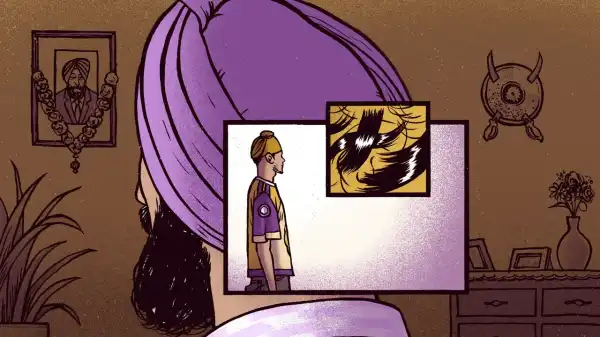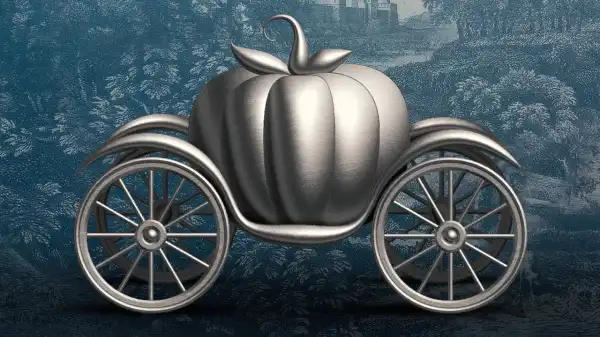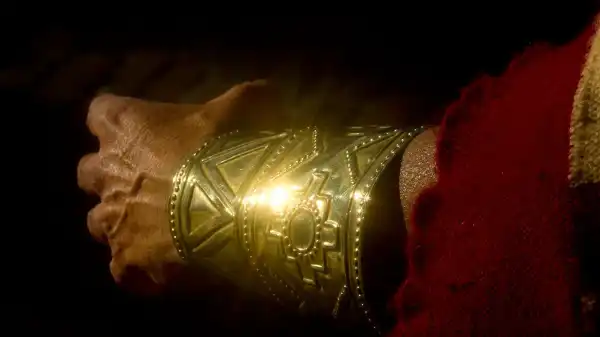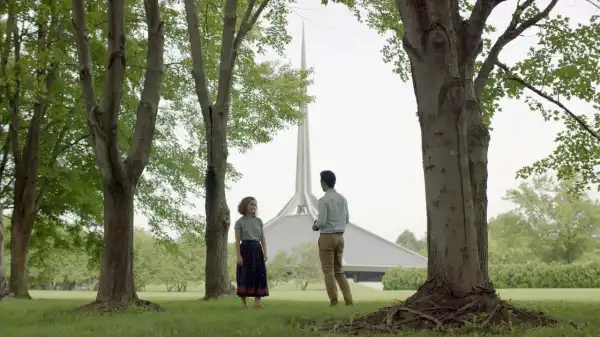
Save this storySave this storySave this storySave this story
On a spring day in 1993, my mother took me to a hair salon in Linden, New Jersey, to get my first haircut. I was not yet three years old. She knew she was jeopardizing her marriage and crossing a line that my father found unacceptable.
My hair had been a concern to her since before I was born. Like my father, she was a follower of Sikhism, a South Asian religion that emerged in the Punjab in the 15th century. Sikhs don’t cut their hair, and men are expected to wear turbans. Some families are more relaxed about it, but my mother was not. After one of her great-uncles was forced to cut his hair and give up his turban in the mid-20th century, he was so ashamed that he committed suicide. But my parents, both Indian immigrants, knew of few Sikh boys with long hair in the United States. So when it came time to send me to kindergarten, my mother said, “It was like, Oh, my God. I can’t let this kid go there with a jura,” or topknot, “because I was so afraid the kids would tease you.”
The aftermath was painful. My mother had several relatives in the United States. Some supported her, many did not. One uncle called to say he could not accept her decision. A distant aunt chided her during a social visit. Her marriage sank into a state of intense fragility, “not much different from when people get divorced,” she said.
Soon after, my parents threw me a party for my third birthday. I don’t remember it, but I watched the footage on a drive home from college. It begins in the backyard of the house where I spent my first five years, in Woodbridge, New Jersey. The footage is grainy and faded. Seven Sikh men, five wearing turbans, sit in a loose semicircle on white lawn chairs. A Punjabi song plays in the background, the singer’s voice jubilant and swaying through verses I can’t make out. The camera zooms in on my father. He’s wearing a loose, short-sleeved shirt with a geometric print. His turban is black, tied Kenyan style, smooth and neat, the kind that developed among the Sikhs who immigrated to British East Africa. His mannerisms—especially the way he speaks with an open hand that closes when he finishes a thought—are instantly familiar.
A small head with a bowl-cut hair flickers across the bottom of the screen. The camera follows it. It belongs to a boy dressed in Nickelodeon colors: a bright yellow polo with red and green lining and bright blue plaid shorts that hang below his knees. He climbs out of his toy car and reaches for another kid’s ball and plastic cricket bat. Someone calls his name, and he turns. I saw him, this boy whose face resembled mine, who responded to my name. And with my mother sitting next to me, I began to cry.
My parents never cut my hair again. My father convinced my mother to try growing her hair again. He said I was happy. No one teased me, and if they teased me and I was upset, he promised to support the idea of cutting my hair.
My mother’s fears about ridicule were unfounded. Kids were more tolerant than she’d expected, at least in our New Jersey suburb. But my hair—and the patka, or proto-turban, I wore over it—brought other complications. Without the hint of a gendered cut, I was often mistaken for a girl. People often stared. When I told my mother about this, she advised me to stare back until they looked away. Over hundreds of confrontations, I’d perfected a facial expression somewhere between blank and defiant, not unlike today’s “resting bitch face.” Awkward moments turned into confidence boosts as I stared down anyone whose gaze lingered, many of them adults.
At school, I learned that people who asked, “Why do you wear that?” were satisfied when the answer was, “Because of my religion.” I also learned that many things about my hair—its length, the thick braid my mother wore every day, the way it sat on top of my head—were things other kids were curious about and wanted to see. In second or third grade, my classmate Josh stole my patka and got into trouble. But I remember feeling like the adults had misunderstood the situation. Josh and I were friendly; I didn’t feel insulted. In fact, I think I gave him permission.
In middle school, the treacle became heavier. The passions of late elementary school evolved into something else, something more intense. Other kids flirt
Sourse: newyorker.com






